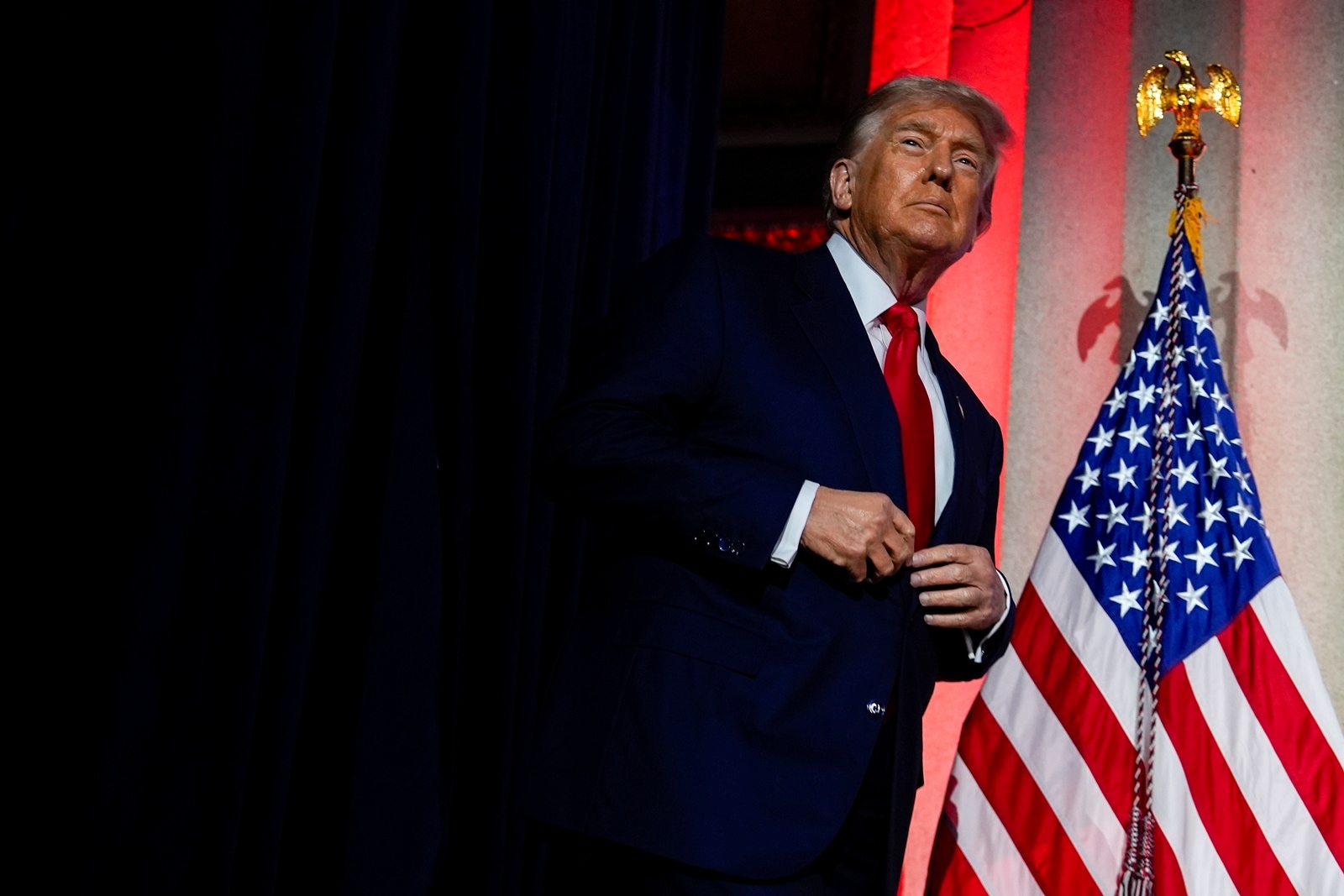US President Donald Trump has rolled out its AI action plan that features over 90 policy actions to accelerate the US’ dominance in AI. The detailed roadmap enumerates AI infrastructure, regulation, and export policy. It seems to have been shaped by over 10,000 public comments.
The document officially titled ‘Winning the AI Race: America’s AI Action Plan’ was published by the White House on Wednesday, July 23. It follows US President Donald Trump’s executive order in January on ‘removing barriers to American leadership in AI.
“Winning the AI race will bring in a new golden age of human flourishing, economic competitiveness, and national security for the American people,” the official release read.
Winning the global AI race
The roadmap underscores AI as a national security imperative and an economic catalyst. With this, the US aims to secure an unchallenged dominance in AI and outpace its adversaries, namely China. The US wants to reshape global standards and set in motion an industrial and information revolution.
The AI action plan primarily looks to accelerate AI innovation. With this, the Trump administration aims to deregulate the AI industry, essentially removing hurdles imposed by the Biden era. This would mean tech companies can now avoid burdensome red tape. The plan will incentivise research and development by the private sector, support open-source AI, and allow fast-track experimentation.
The plan also advocates the adage that AI is to complement and not replace labour. At a time when automation is one of the main causes for job cuts in the US, the AI roadmap aims to foster AI skill training in schools and apprenticeship programmes. It also proposes tax benefits for employees investing in AI literacy, along with rapid training for displaced workers. Besides, it also proposes a new ‘AI Workforce Research Hub’.
An extension to Trump’s longstanding promise of bringing jobs back to America, the new plan also shows how his administration plans to rebuild US manufacturing for the AI era. The plan also emphasises heavy investments in robotics, autonomous systems, and defence manufacturing. With massive investments in AI, supply chains are likely to be disrupted, and cash-strapped small tech businesses would be in need of funding. The new AI action plan assures federal support to ensure this supply chain resilience and that small businesses are adequately supported.
Story continues below this ad
The roadmap also wants science in the US to be AI-first, and for this the government plans to build automated labs and fund AI-driven discovery in biology, chemistry, and materials. The plan also includes releasing large, open-access scientific datasets, such as those on genome sequencing on federal lands. The US government also wants to upgrade defence with AI. According to the plan, AI adoption will be fast-traced in federal agencies and the military.
Meeting the computing needs of AI
AI requires massive computing prowess, which in turn needs massive amounts of energy. In order to meet AI’s ever-increasing compute needs, the plan proposes fast-tracking permits for data centres, chip fabs, and energy projects. In this direction, the administration also plans on expanding nuclear and geothermal energy generation. Along with energy needs, the roadmap has also listed security as core to the plan. According to the document, the US plans to tighten semiconductor controls and its exports monitoring, especially to keep a check on Chinese access. Besides, the government agencies will also be working with industry to protect IP. To combat deepfakes, new legal standards will be established.
In a bid to counter China’s rise, the US plans to lead its diplomatic outreach by exporting the American AI stack to allies. It will also be opposing Chinese influence in AI governance bodies and push for AI export control alignment with allies.







